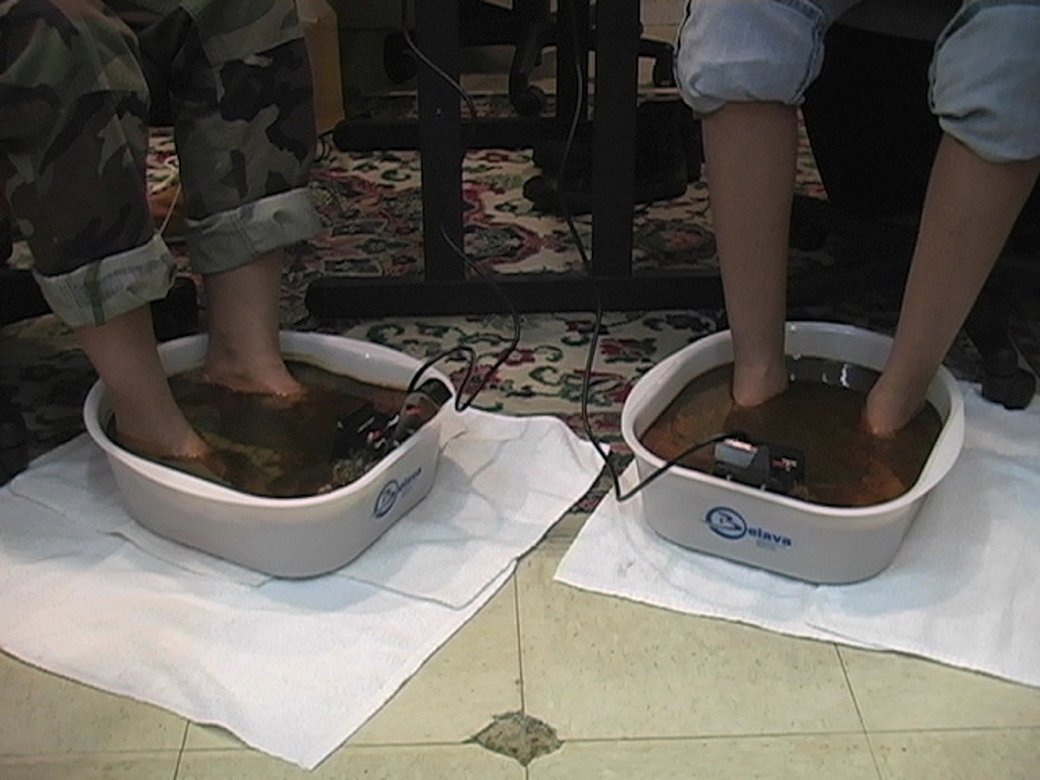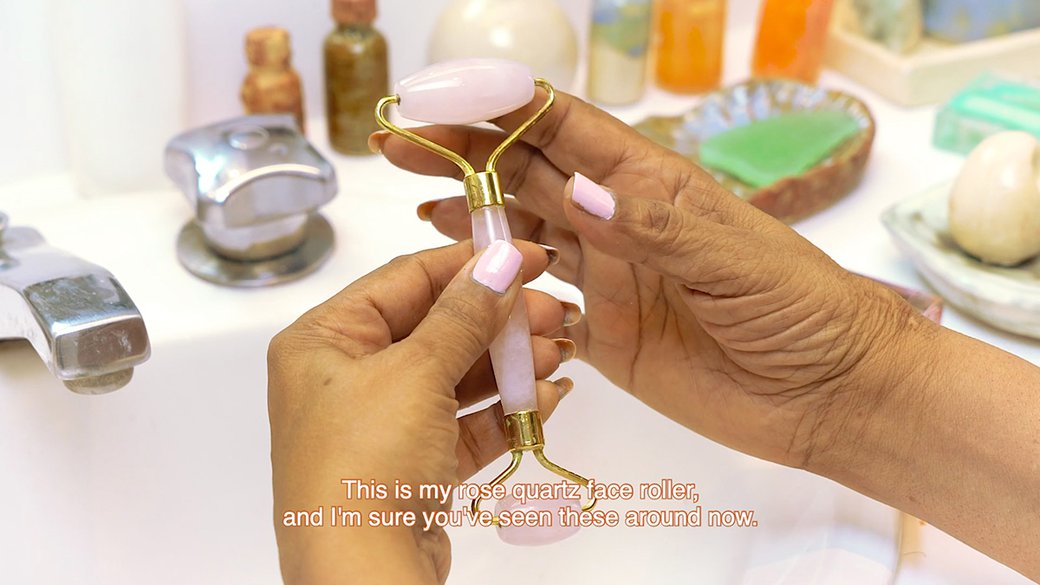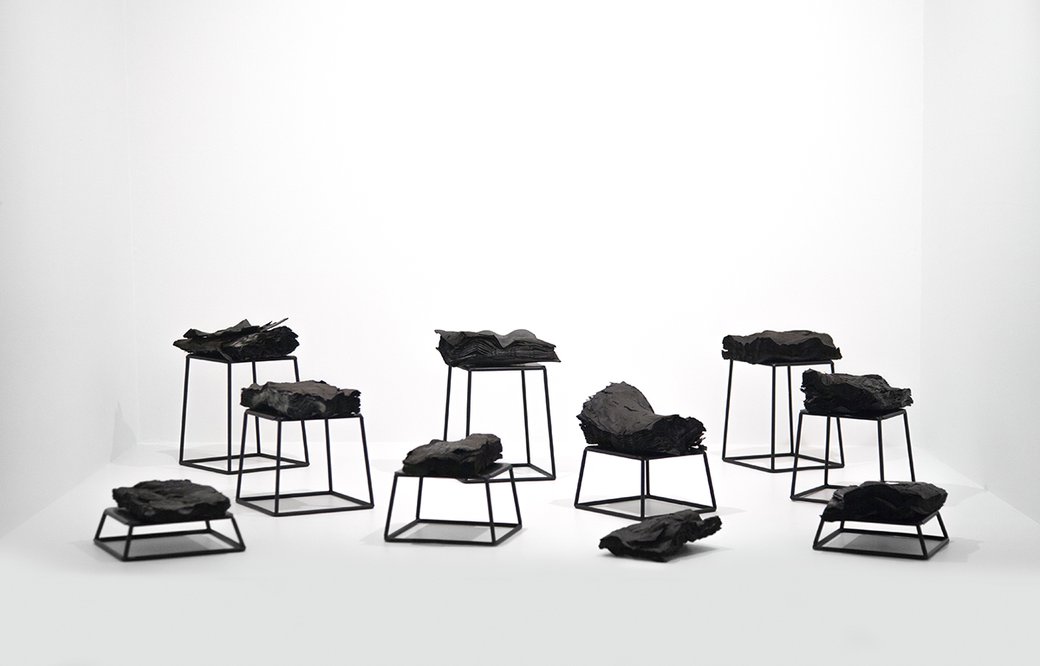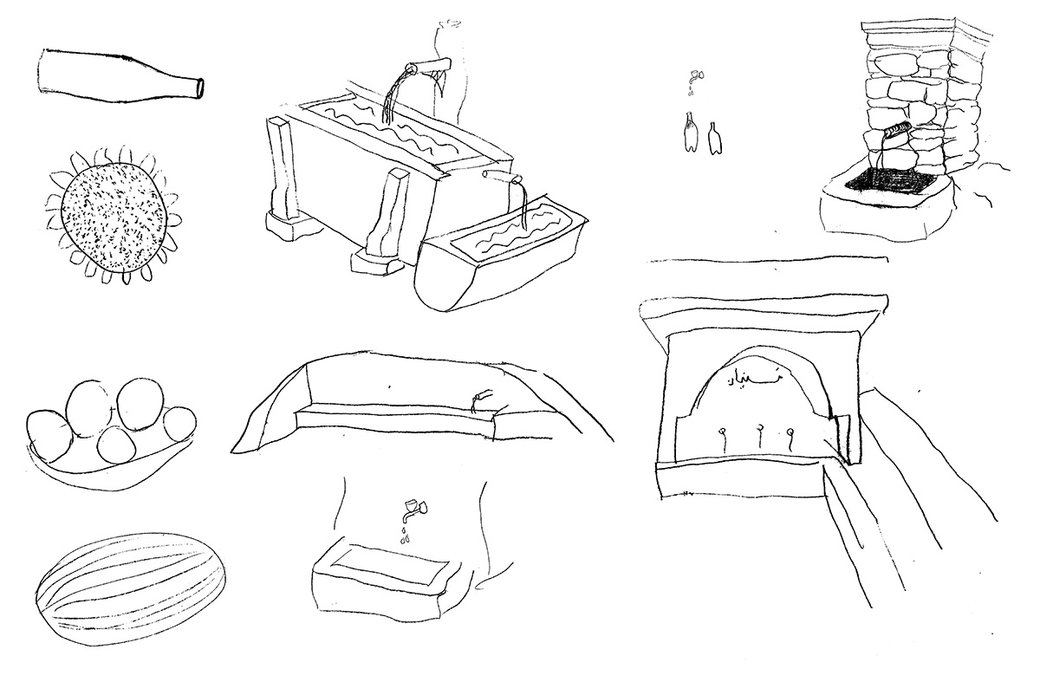CCA's Graduate Program in Curatorial Practice presents "Contact Traces," May 9–June 6, 2021
Contact Traces features work by Derya Akay, Lenka Clayton, LaToya Ruby Frazier, Ilana Harris-Babou, and Jenny Kendler.
San Francisco, CA—Monday, March 15, 2021—Contact Traces, an exhibition curated by CCA’s Graduate Program in Curatorial Practice Class of 2021, reconsiders existing definitions of care in the absurd and dire circumstances of our present moment. In the past year, the COVID–19 pandemic, calls for social and racial justice, and the climate crisis have highlighted the importance of looking after ourselves, one another, and the environment. In these contexts, Contact Traces explores caregiving as labor, process, and a way of relating to others. The exhibition features artwork by Derya Akay, Lenka Clayton, LaToya Ruby Frazier, Ilana Harris-Babou, and Jenny Kendler, and will be on view at the CCA Wattis Institute for Contemporary Arts beginning May 9. A catalogue accompanies the exhibition.

LaToya Ruby Frazier, Detox (Braddock U.P.M.C.), 2011 still from video (color, sound), 22:24 min. Copyright LaToya Ruby Frazier, Courtesy of the artist and Gladstone Gallery, New York and Brussels.
About Contact Traces
Blurring the boundaries of the self and the other, the artworks in Contact Traces prompt a reconsideration of care in all its disordered aftermath. Clayton, Frazier, and Harris-Babou embrace the abjection inherent in bodily maintenance. These acts are revealed to be variably contradictory or futile, and steeped in power relations and decay. Meanwhile, Akay and Kendler consider one’s kinship with and responsibilities to wider communities and natural environments.
Taken together, these artists shed light on the realms of uncompensated care that often serve as the only reliable structures for survival under negligent governments and capitalist economies, especially in moments of crisis such as those encountered this past year. Working across video, sculpture, and photography, they suggest that individuals can disrupt the systems that do not recognize the value or labor of care by spotlighting its messy processes and unveiling how care offered freely and with adequate resources is necessary for the survival of all—not just the most vulnerable.
Clayton’s photograph 63 Objects Taken from My Son’s Mouth (2013/2021) documents chaotic and hazardous exchanges between the artist and her toddler son. Transforming these moments from horrific to humorous with light-handed organizational gestures, 63 Objects blurs the line between Clayton as artist and Clayton as mother, suggesting that when administering childcare, there is no division between these (and other) roles.

Ilana Harris-Babou, Decision Fatigue, 2020, still from HD video, 08:33 min. Courtesy of the artist.
Harris-Babou’s video and sculpture series Decision Fatigue (2020) questions whose health and wellness is prioritized in contemporary American society by showing the time-consuming processes and absurd commodities required to perform the maintenance of “self care.”
In Detox (Braddock U.P.M.C.) (2011), Frazier juxtaposes desires for maternal and familial care with the failure of the paternalistic industry to care for working class communities. Detox (Braddock U.P.M.C.) reveals the dubious promise of the American dream—the idea that devotion to one’s job will lead to stability, wealth, and wellness for future generations.

Jenny Kendler, Underground Library. Biocharred books, 2017-ongoing. Installation view at Storm King Art Center's museum as part of Indicators: Artists on Climate Change, 2018. Courtesy of the artist.
In Underground Library (2017–ongoing), Kendler co-opts the provocative gesture of book burning to highlight how the disuse of early books on climate change has had a comparable impact on the suppression of the ideas they contain. Rather than preserving them as symbols of intellectual righteousness, Kendler acknowledges that these unread books are objects of waste. She documents their intellectual content before burning them in a biochar kiln, a process that prevents the emission of carbon into the atmosphere by containing it in their material bodies.
Akay’s new work will be a living sculpture made from detritus, water, and flowers that guests are invited to take. The installation will extend to the gallery’s exterior, where a reserve of clean water will be available for passersby to use as they wish—creating a space akin to a sebil, or fountain, commonly found in Islamic architecture and mosques. Akay asks the curators to replenish the materials as they are taken, thus inviting questions of how binaries and boundaries—including those separating art galleries from the communities outside their doors—might be broken down through acts of care.

Derya Akay, concept sketch for upcoming project, 2021. Courtesy of the artist.
Additionally, Akay will commit a portion of their project budget to two Bay Area-based organizations: the Sogorea Te’ Land Trust, an urban Indigenous women-led land trust rematriating Indigenous land and restoring cultural and linguistic practices in the community; and Planting Justice, an organization addressing structural inequalities in the industrialized food system.
The curators join Akay in making contributions by volunteering their time to care-based organizations in their own neighborhoods this spring, such as the Community Center of Northern Westchester, New York and Mission Meals, Creativity Explored, and Lee Newcomer Elementary School in San Francisco.
Contact Traces exhibition catalogue
A catalogue accompanies the exhibition and will be available for purchase beginning May 9. The catalogue features original essays by members of the curatorial cohort and with a contribution by artist, creative laborer, educator, writer, and radical community arts organizer Jen Delos Reyes, as well as interviews with artists Ilana Harris-Babou and Jenny Kendler. The texts are accompanied by images of the featured artworks and a map of care-based resources and organizations around the Bay Area.
Contact Traces Public Programming
Care Practices Panel Discussion, Online, please visit the Wattis website for date in May and other details.
Care Practices brings together creative practitioners exploring manifestations of care from the intimate to the urban environment. Mediated through writing, teaching, and curation, their work has long considered the complexity of care work which has become more widely evident over the last year. As the importance of care becomes increasingly undeniable, do we hone in on a clearer picture of our interdependence, or do the blurred lines of reciprocity have something else to offer? This public conversation invites dialogue around these questions in response to Contact Traces and across these individuals’ diverse practices.
Live Events: Additional programming will occur on Instagram through periodic takeovers of the Wattis Institute’s official page. Follow @wattisarts or go to instagram.com/wattisarts for updates.
Contact Traces Website: A digital presentation of the exhibition with audio guides will be available on the exhibition website.
About the artists
Derya Akay (b. 1988, Istanbul, Turkey; lives and works in Vancouver, Canada)
Derya Akay is an artist living on the unceded territories of the Musqueam, Squamish, and Tsleil-Waututh First Nations, colonially known as Vancouver, British Columbia. Derya received a BFA from Emily Carr University in 2010, and was awarded the Portfolio Prize for Emerging Artists in 2016. Alongside their solo practice, they collaborate on food, garden, and hospitality projects with a group under the name Garden Don’t Care.
Lenka Clayton (b. 1977, Cornwall, England; lives and works in Pittsburgh, PA)
Lenka Clayton is an interdisciplinary artist whose work considers, exaggerates, and alters the accepted rules of everyday life, extending the familiar into the realms of the poetic and absurd. Clayton is the founder of An Artist Residency in Motherhood, a self-directed, open-source artist residency program that takes place inside the homes and lives of artists who are also parents. There are currently over 1,100 artists-in-residence in 67 countries.
LaToya Ruby Frazier (b. 1982, Braddock, PA; lives and works in Chicago, IL)
A recipient of the John D. and Catherine T. MacArthur Foundation Fellowship in 2015, LaToya Ruby Frazier’s artistic practice spans a range of media that incorporates photography, video, and performance and centers on the nexus of social justice, cultural change, and commentary on the American experience. Citing Gordon Parks as an influence, Frazier uses the camera as a weapon and turns injustice and displacement into a meditation on life, work and history through the powerful act of artistic creation.
Ilana Harris-Babou (b. 1991, Brooklyn, NY; lives and works in Brooklyn, NY)
Ilana Harris-Babou’s work is interdisciplinary; spanning sculpture and installation, and grounded in video. She speaks the aspirational language of consumer culture, using humor as a means to digest painful realities. Her work confronts the contradictions of the American dream: the ever unreliable notion that hard work will lead to upward mobility and economic freedom.
Jenny Kendler (b. 1980, New York, NY; lives and works in Chicago, IL)
Jenny Kendler is an interdisciplinary artist, environmental activist, naturalist, and wild forager whose work on the climate crisis and biodiversity loss has been shown nationally and internationally over the last 15 years. She is the first Artist in Residence with the Natural Resources Defense Council (NRDC), and is a part of the Board leadership for artist residency ACRE and international climate change organization 350.org.
About CCA’s Graduate Program in Curatorial Practice
In CCA’s two-year MA in Curatorial Practice program, students work closely with faculty alongside visiting curators, designers, and artists to develop the intellectual and analytical skills needed to pursue a range of professional paths in curating and contemporary art. The program has a broad perspective of the curatorial, positioning the curator as a productive agent and researcher who embraces context as a valuable asset for articulating connections among artists, ideas, objects, archives, institutions, digital technologies, and audiences. The program equips students with knowledge and tools, inspires curiosity, and builds self-confidence for working creatively across disciplines and thinking imaginatively about mediation today, incorporating activity beyond art into the field of curating.